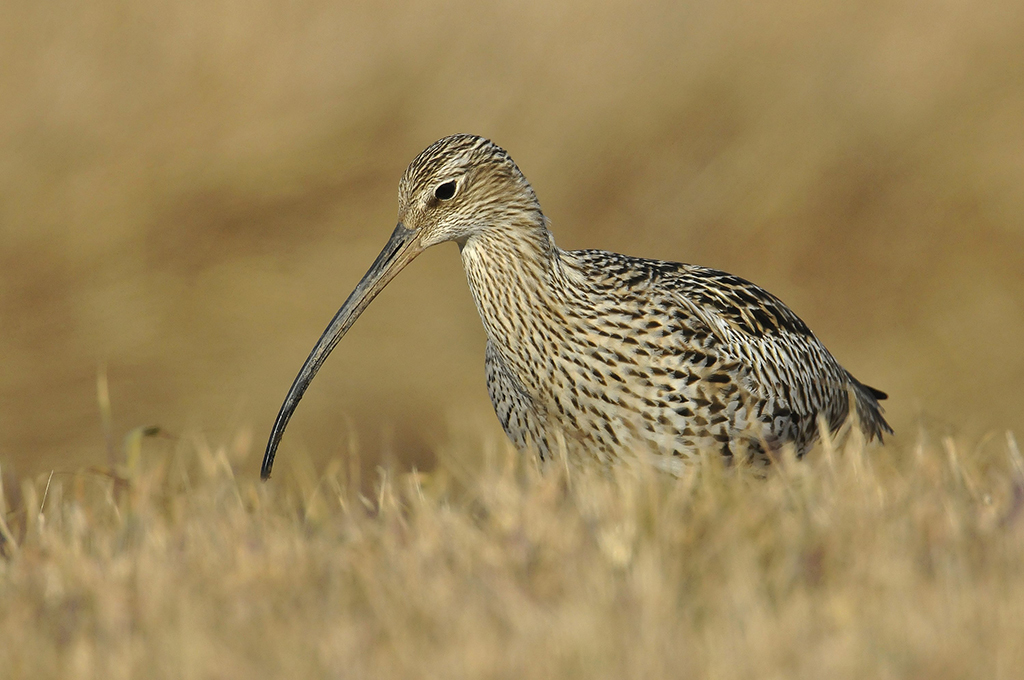International conservationists have lauded a Scottish grouse moor for its land management which has led to 98 different bird species being found on the estate.
Glenogil Estate, positioned between Glen Clova and Glen Lethnot in the famed Angus Glens, has been visited for the past three years by German scientists examining biodiversity in Scotland.
Led by Dr Daniel Hoffman of Game Conservancy Deutschland, the team found an increase of 35 bird species from their first visit in 2015 and are crediting heather burning and predator control as the main drivers in the abundance of wildlife found at Glenogil.
Among the birds found by Dr Hoffman and his team were red listed species including curlew, lapwing, black grouse and merlin. An abundance of non-bird species were also found, such as mountain hares and lizards.
The findings of the scientists are discussed in a new film which can be viewed on the Angus Glens Moorland Group Facebook page.
Daniel Hoffman said: ‘This is the third year that we have worked here at Glenogil and so far we’ve found 98 different bird species in this whole area. We wanted to show other estates, other countries in Britain and in the whole of Europe, that you can have this biodiversity only when you have the ecologically correct form of management in an area.
‘When I was here for the first time it was amazing to see the biodiversity. We read papers and articles saying that species such as the curlew, a flagship species in nature conservation, are endangered in Britain but you can’t believe that when you are here.
‘We find golden plovers with a high population density, and even on these few hectares here on Glenogil, we find almost double the number of breeding pairs that you find in the whole of Germany. They breed here because the landscape is managed as it is.

A curlew on the moors
‘At Glenogil you have habitat management and predation control so the survival rate of our target species is so good. This creates a kind of donator population and other areas they will have benefited from the work that is done here.
‘If you have an area and say, “Oh, okay, we do nothing here,” then you will lose biodiversity, and that’s what we want to show. We want to show that you have to do habitat management and predation control to have a high level of biodiversity from different species, all different species.’
Danny Lawson, head gamekeeper at Glenogil Estate, and a member of the Angus Glens Moorland Group, said: ‘We’ve been delighted to welcome Dr Hoffman and his team to demonstrate the management techniques which work so well at Glenogil and can hopefully be replicated to the benefit of wildlife across Scotland, the UK and Europe.
‘Land management, especially for gamekeepers on moorland estates, has never been under closer scrutiny. Much has changed in the sector over the last 15 years including at Glenogil, and it is only fair that we recognise where our management is creating a rich tapestry of wildlife.’
Glenogil is one of a number of estates working to help halt the worrying decline in wading birds such as curlew, lapwing and oyster catcher through the collaborative Working for Waders project. The initiative is being delivered following the vitally important Understanding Predation report, published by Scotland’s Moorland Forum in February 2016.
Ross Macleod, head of policy, GWCT Scotland, said: ‘Glenogil is a living example of Working for Waders in action and delivering on the ground.
‘A combination of habitat, sound management and predator control are at the heart of why wader populations are successful here, and a great example for others to learn from and to follow.’
TAGS

